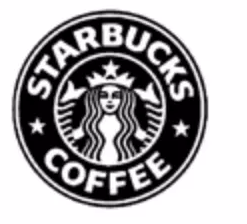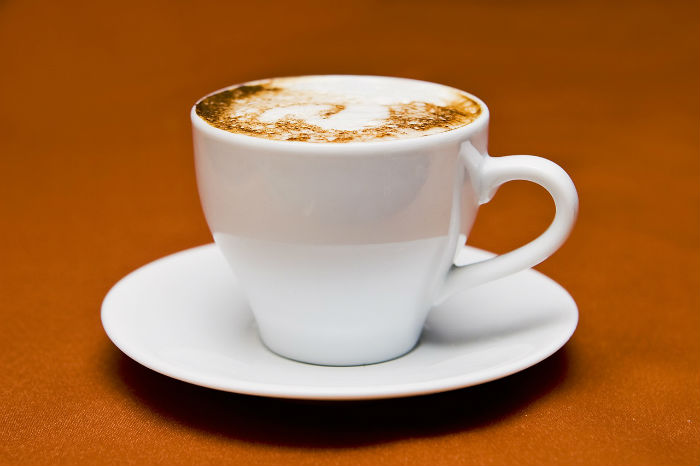We are never far away from a Starbucks, and few people could fail to recognise the coffee shop’s iconic mermaid trade mark. Eager to protect its famous logo, Starbucks has now won a long fought for General Court ruling declaring that the logo of a Belgian coffee house named ‘Coffee Rocks’ (below) is similar to the Starbucks mark.
 Coffee Rocks Mark
Coffee Rocks Mark  Starbucks Mark
Starbucks Mark
Back in 2013, an application for registration of the Coffee Rocks mark was swiftly opposed by Starbucks on the grounds that:
- it was similar to a number of Starbucks’ earlier marks;
- there was a likelihood of confusion between the brands; and
- unfair advantage would be taken of the reputation Starbucks had acquired in its marks.
The European Union Intellectual Property Office (“EUIPO”) rejected Starbucks’ Opposition in its entirety as well as a subsequent appeal by Starbucks, concluding that the marks were dissimilar and only resembled each other in respect of the word “coffee” which was, in any case, descriptive for the goods and services for which the marks were registered. Having decided that the marks were dissimilar, the EUIPO concluded that there was no need to consider likelihood of confusion or unfair advantage.
However, the General Court disagreed with the EUIPO’s reasoning, stating that the similarity between two marks should be assessed by comparing each mark as a whole. Although it was accepted that the overall impression of a mark can be dominated by a particular feature, this was not the case with these particular marks. The marks were found to be similar based on their general appearance, for example the use of the concentric circles, the same font and positioning of the words and the similar formatting of images within the marks. Further, the use of the word “coffee” should not have been disregarded as its descriptive nature does not necessarily make the element negligible when considering the overall impression.
The General Court therefore declared that the EUIPO had erred in its ruling that the marks were dissimilar and should have gone on to consider the likelihood of confusion and whether, due to the significant goodwill in the Starbucks marks, the public would likely establish a link between the marks.
This ruling means that Starbucks can now proceed with its Opposition against the Coffee Rocks trade mark application. It provides interesting guidance on the approach to be taken when comparing the similarity of marks: whilst most people would agree that the Coffee Rocks musical note/coffee bean design and the Starbucks’ mermaid design are fairly different, this decision is a reminder that having distinctive components will not be sufficient to ensure dissimilarity. Instead, a ‘global assessment’ of the visual, phonetic and conceptual similarities must be considered as a whole based on the overall impressions that the marks create.

 Elaine O'Hare
Elaine O'Hare